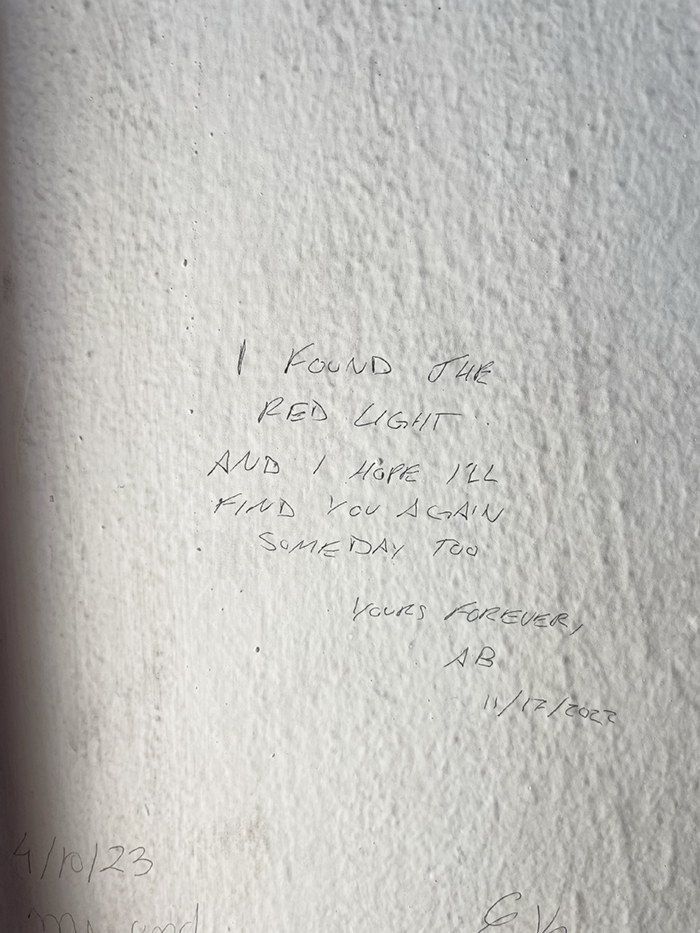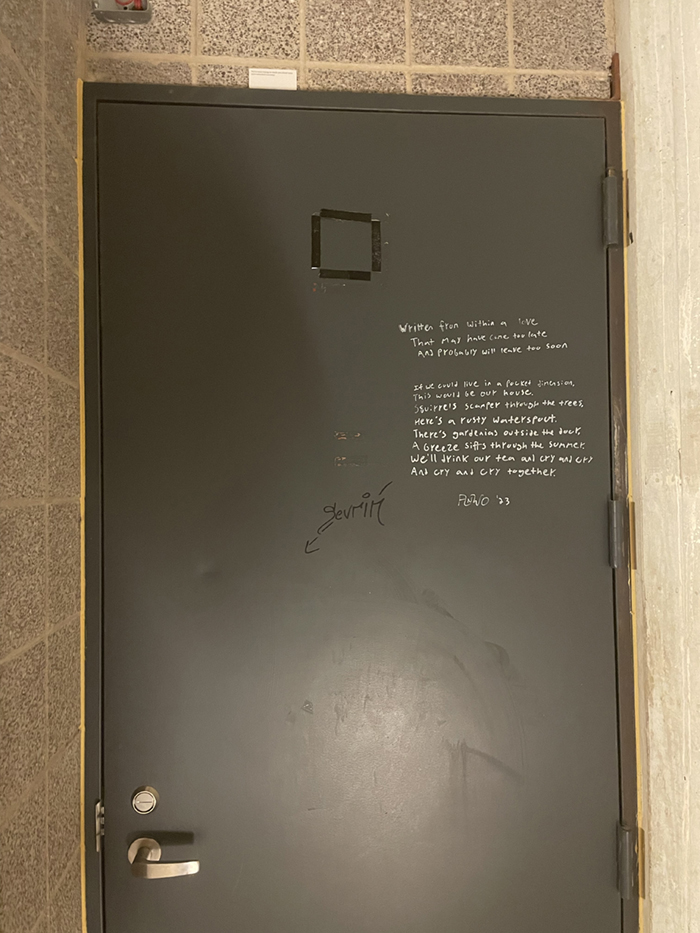
(All photography by Shiloh Miller, Class of 2026)
Notes on campus graffiti.
In the immense corpus of language I’ve encountered at the University of Chicago—philosophy papers, Shakespeare’s plays, issues of The Chicago Maroon, ebullient postcards from friends overseas, Hallowed Grounds open-mic slam poems, love letters, event posters, emails—graffiti is one of my favorites.
I have a fondness for one-liners, toasts, epitaphs—pithy forms of writing often involving communion with strangers. These are forms of communication in which meaning is concentrated. And yet even within this category, graffiti is unique. It is a kind of writing done without expectation of reward or acknowledgment. It’s a hitchhiker’s thumb on an empty road.
Graffiti is not on the syllabus. You can’t look it up in the library catalog. You find it by happenstance on the walls of the carrels in the Regenstein bookstacks, above the inset desks studding the perimeter of the building. You find it in the labyrinthine basement of Harper Library, on a concrete pillar, in the beam of your flashlight. You find it on the red-lit landing in Ryerson’s tower. You find it on the brick wall in the stairwell outside the one and only sixth-floor room in Burton Judson. You find it in places everyday, banal; you find it in places hidden.
Though some people sign their name or date their message, many of the authors are anonymous, maybe long graduated. They cannot be asked the litany of questions—What’s your name? Where are you from? What’s your major?—that every college student asks and answers hundreds of times. All that is known about them is the words they chose to leave behind.
And yet there is recognition. The girl who wrote “WHAT SHOULD I DO WITH MY LIFE?” inside a stall of the first-floor Harper women’s bathroom. The students who etched “Math is a tempestuous lover” into desks in a Ryerson third-floor classroom. The person who transcribed all of “For Grace, After A Party” by Frank O’Hara inside the tower leading to Ryerson’s rooftop observatory. Each instance of campus graffiti—however illicit, however crass—is an attempt to answer youth’s central questions: Who do I want to be? How do I want to represent myself to others?
There is something unifying about graffiti. It binds people across time. You might not know when a particular message was left, or by whom, but you know that someone sat where you sat, saw the wall that you see. Seeing the graffiti, I feel in community with people. I may not be here, but I used to be, it says. I may not be here, but I know you will be.
I’m willing to believe that I’m imbuing graffiti with a profundity it doesn’t deserve. And yet, when I sit in the Reg bookstacks amongst the tic-tac-toe boards, the epigrams, the song lyrics, the lines of poetry—these juvenescent missives from the past—I can’t think of anything more sincere.
Below is a collection of some of my favorite instances of campus graffiti, compiled in the summer of 2024. They were chosen because I found them funny, or clever, or intriguing, but mostly because something about seeing them felt like seeing a familiar face in a crowd. I hope these messages can spark the same sense of connection in you that they did in me.
Declarations
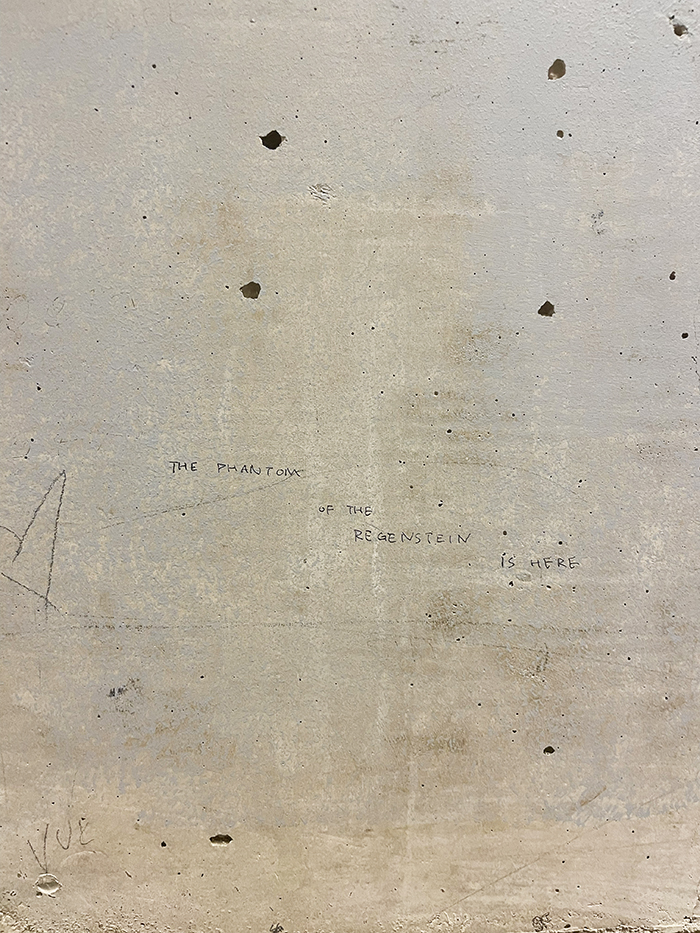
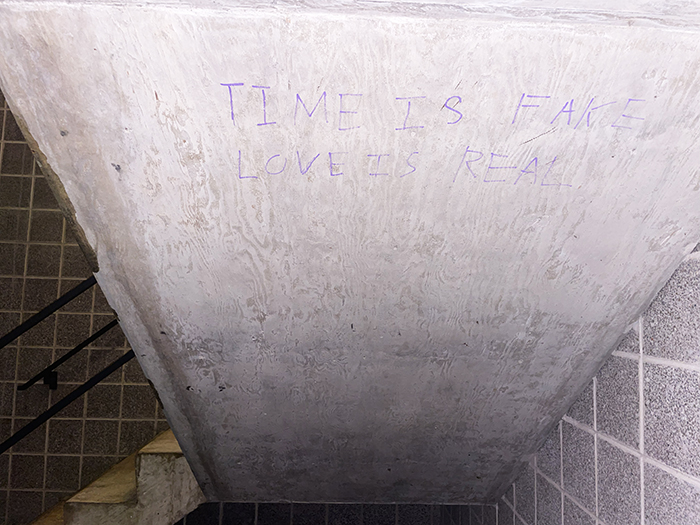
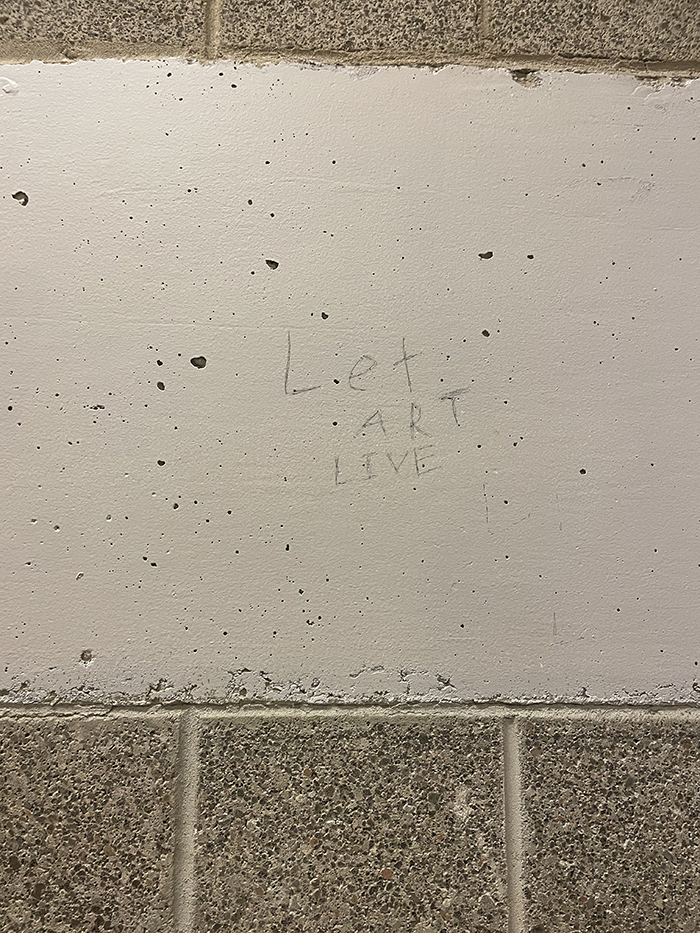
Interactions
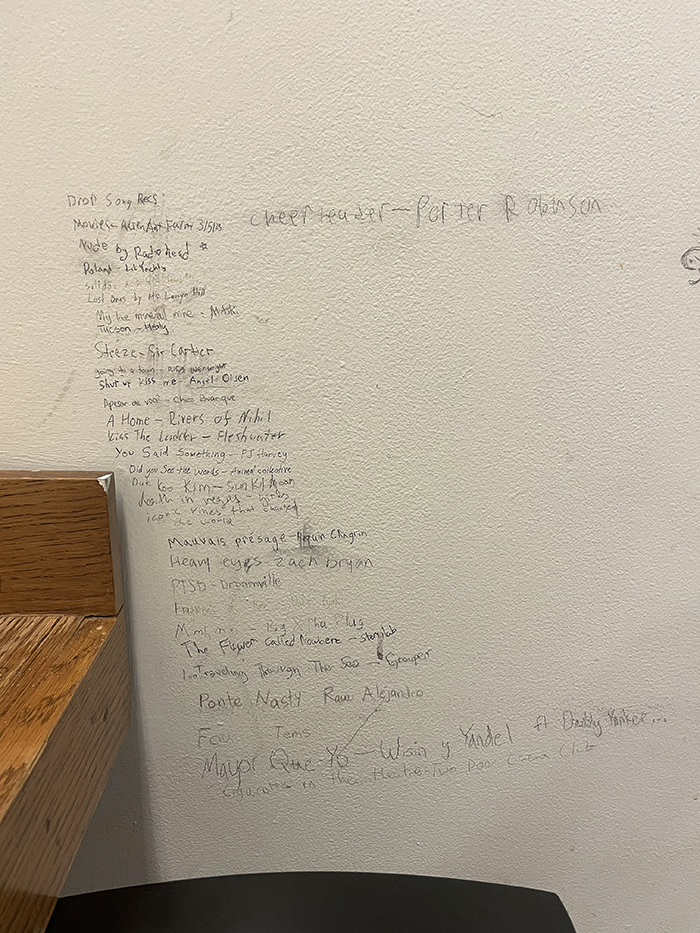

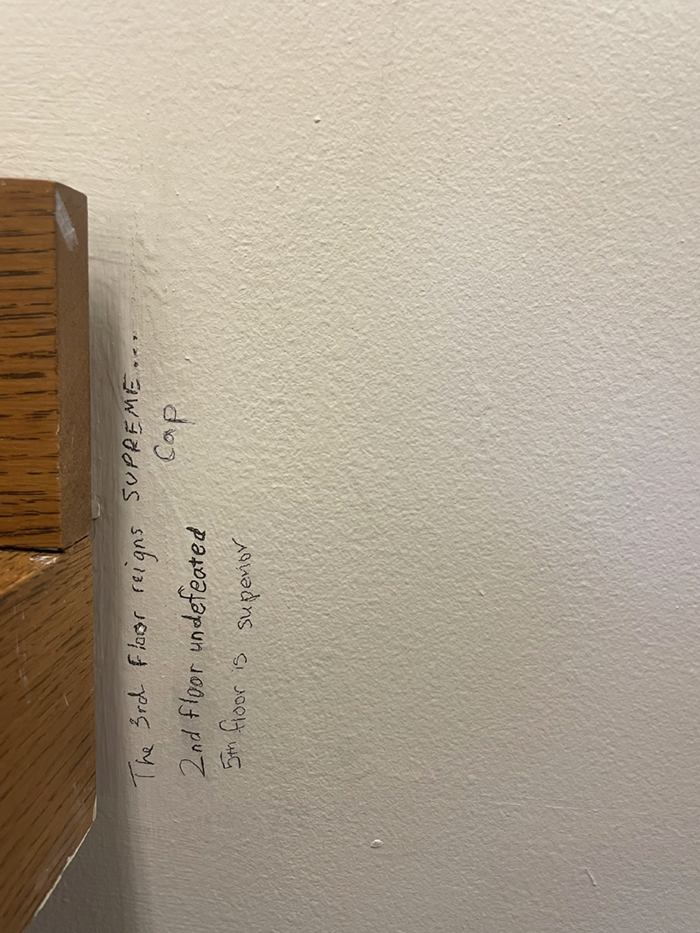
Heartaches
